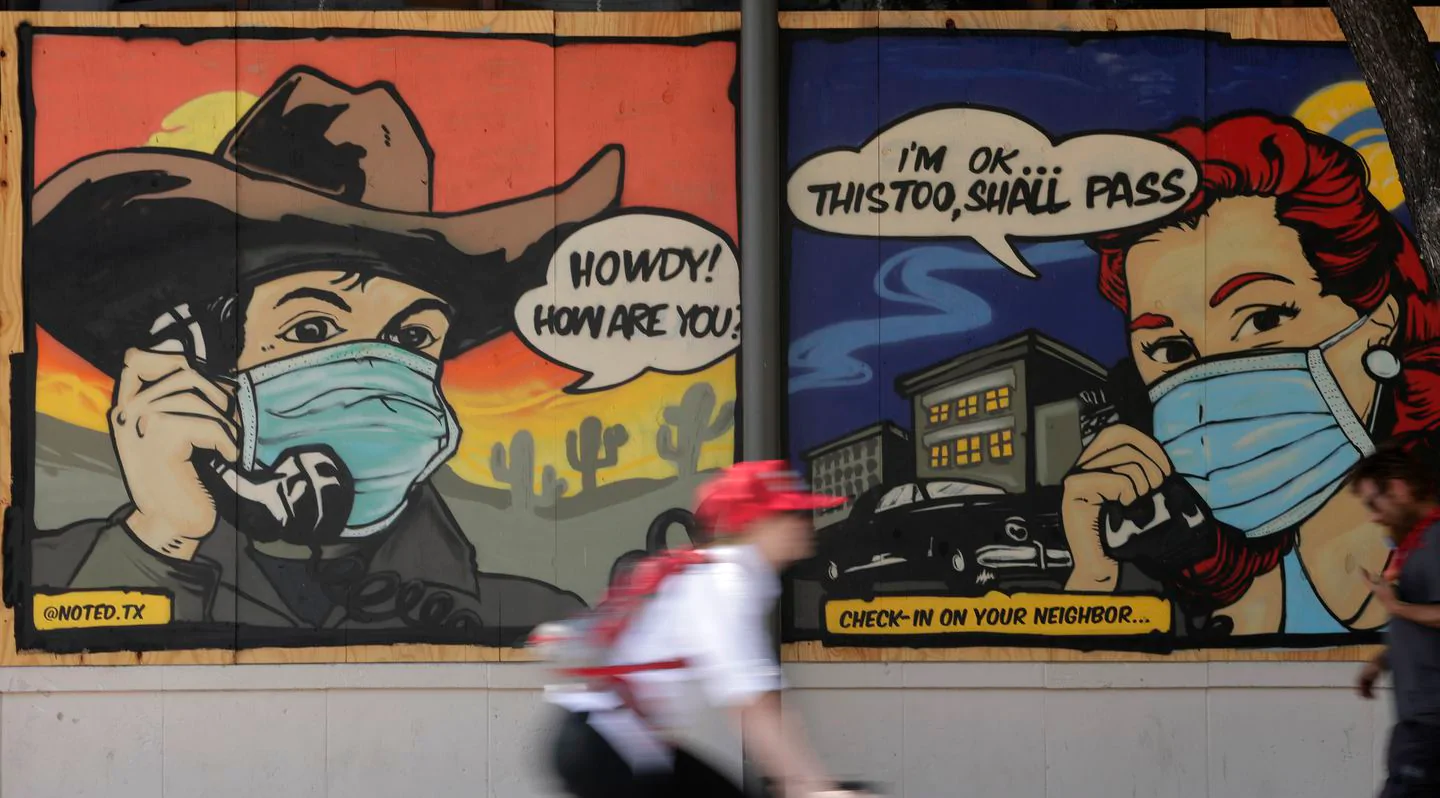As a dermatologist at Massachusetts General Hospital in Boston, Esther Freeman was prepared for things to be a bit quieter during the pandemic lockdown. But not too long after it began, she started getting urgent calls about odd frostbite-like patches showing up on people’s toes.
The rash itself was rather harmless.
While some complained of a burning sensation, the inflammation usually disappeared on its own in two to three weeks without treatment. What was striking is that many of those patients had tested positive for covid-19.
“My inbox and my telemedicine clinic are full of just toes. It’s all about toes. I have never seen so many toes,” Freeman said.
The curious phenomenon has also caught the interest of researchers in hot zones such as France, Italy and China. But the reports had been mostly limited to individual case studies and first-person observations, making it difficult to determine what these rashes mean, why they are occurring and how they are linked to the virus.
Now a U.S.-based group is preparing to publish the first in-depth look at covid-19’s dermatologic effects, based on a registry of nearly 300 patients confirmed or suspected of having the virus. The report, expected out as soon as this week, offers some tantalizing clues about the pathogen and its wildly different effects on different people.
Four months into the battle with the novel coronavirus, the paper is part of a flood of scientific evidence that is challenging early assumptions that covid-19 primarily affects the lungs. While the majority of cases turn out to be mild and may involve no symptoms at all, we now know infection can sometimes result in devastating injury to the kidneys, heart and other major organs.
And in the same way the first sign of infection for some may be loss of smell and taste — those are among the six new covid-19 symptoms the Centers for Disease Control and Prevention added to its list Monday — the toe rashes may be an early marker of disease, or possibly one that it has resolved and passed.
One of the clearest findings of the new paper is that most patients with “covid toes” were asymptomatic or had only mild symptoms. Another is their age. Nearly all were children or adults in their 20s and 30s — a group that as a whole tends to have a less severe bodily response to the disease than their older counterparts.
Freeman, a Harvard Medical School researcher who led the analysis in collaboration with the American Academy of Dermatology, said the information should be comforting to those who have seen the lesions on themselves or loved ones.
“Most of the patients were young, healthy and had a benign clinical course,” she said.
“The message to the public is not to panic,” she added. “I don’t want people to think if they are having purple spots on their toes that they are going to end

